9 Italian Restaurant Red Flags, According to Chefs
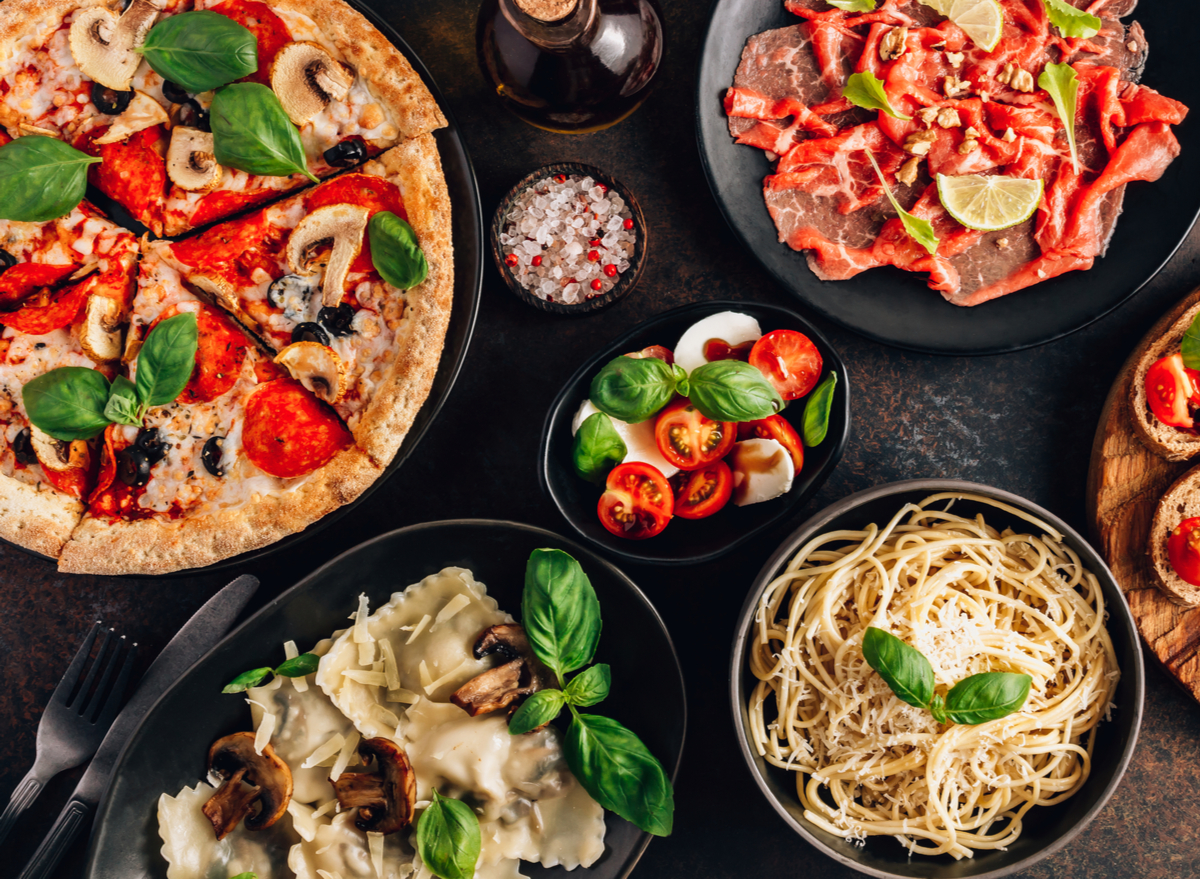
Defining what is authentic Italian restaurant food in the United States is a fool’s errand. With so many regions and different styles of cooking, from braised meats in the north to the bountiful seafood of the south, there are many restaurants offering the best the boot has to offer. However, there are some red flags that chefs look for when dining out, often to ensure they get the tastiest, freshest meal.
Italian restaurants are often sources of our favorite comfort foods and those vary from person to person. From big bowls of steaming pasta to regional desserts, we are all looking for something different from the experience. But that doesn’t mean that anything goes at an Italian restaurant. There are certain quality indicators you can spot on a menu before you even walk through the door, say chefs.
Read on to find out how to get the best out of your night out at an Italian restaurant.
There’s no bread on the table
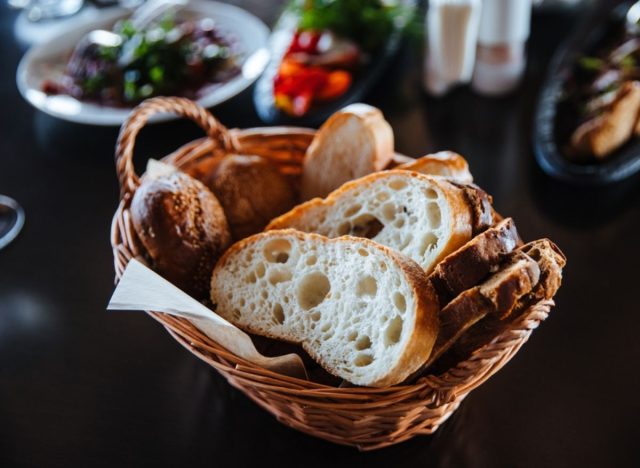
There’s nothing more comforting than a warm loaf of bread tucked into a basket with olive oil or even marinara for dipping, says Johnny Burke, owner of Johnny Pomodoro in Massachusetts. “Whenever you see that Italian bread with something on the side to dip, you know it is going to be good,” Burke explains. “Everyone charges for it these days, but when it hits the table as fast as you sit, that’s a sign.”
Everything is covered in cheese
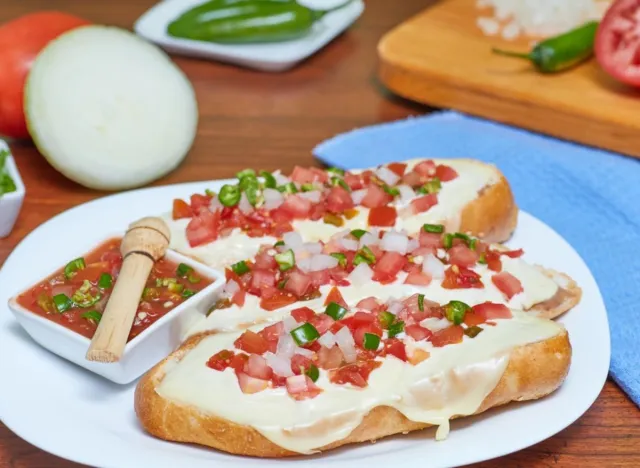
Yes, we all love iconic cheese pulls, but true Italian food shouldn’t be swimming in it, says Robert St. John, chef and author of An Italian Palate. “Restaurants in Italy use minimal ingredients in minimal ways,” explains St. John. “True Italian restaurants don’t over-sauce pasta dishes. They also don’t cover everything with cheese. Italians use way less garlic than we think they do.”
The pasta and bread isn’t made in-house
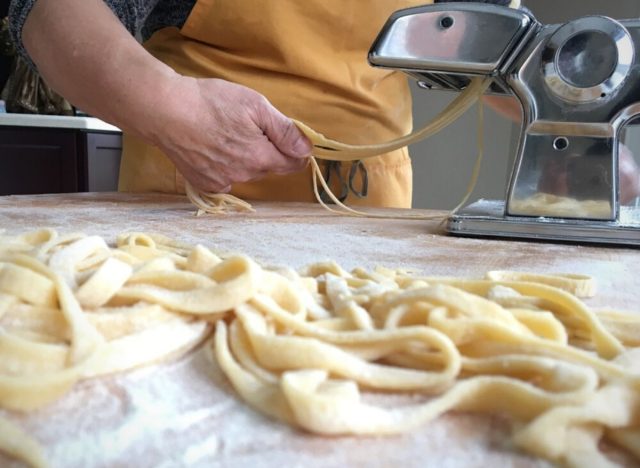
New Jersey-based Nunzio’s executive chef and owner Michael DeLone says to avoid Italian restaurants that don’t make their pasta and bread fresh. “As a chef, the number one thing I look for in any restaurant is if items are handmade, in-house,” says Delone. “For us, that means not only our desserts and bread but also our pasta like fettuccine, cavatelli, pappardelle, casarecce, spaghetti, and ravioli.”
Chef Kam Talebi of The Butcher’s Tale agrees, saying, “Fresh pasta is a completely different experience compared to the dried stuff we are accustomed to.”
They don’t grate Parmesan cheese to order
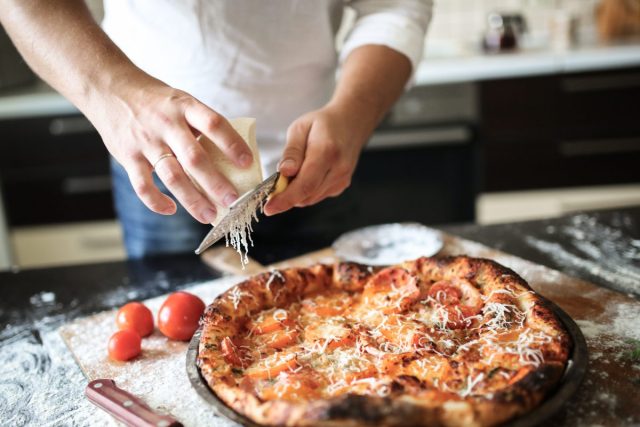
Don’t you love when the waitstaff comes by to grate piles of pillowy parm on top of your pasta, pizza or salad? It’s a major red flag if the cheese is already grated, Joseph Brenner, COO of Tuscan Brands, who own Italian restaurants in Boston and New Hampshire, tells us, stating, “Parmesan cheese better not be pre-grated!”
Delone agrees, saying, “Parmesan on the table, that’s a red flag”
Everything on the menu is bland
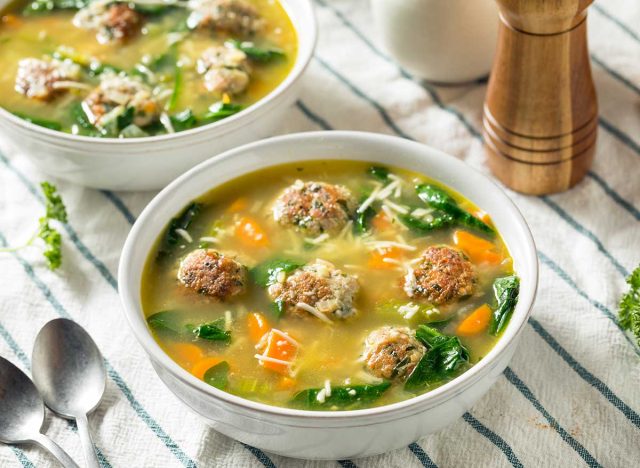
DeLone reminds us that Italian food should be packed with flavor, not just melty cheese, saying, “Italian food can be spicy! We love to use red chili peppers from Calabria in dishes like our brothy mussels and our fried Brussels sprouts.”
They only serve pasta dishes
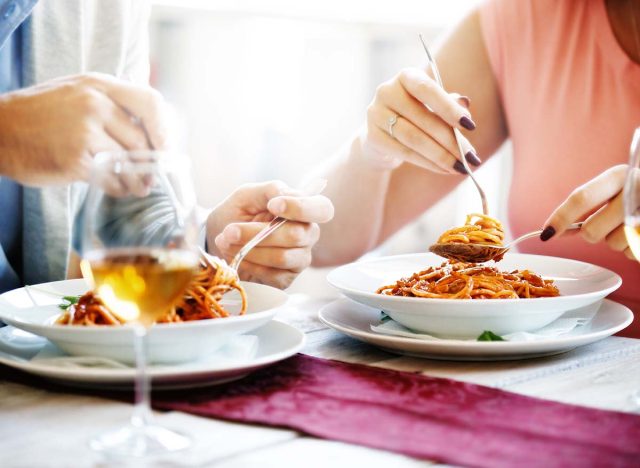
This one is pretty simple. Look for hearty meat dishes from the north, and fresh seafood from the south when you’re looking for an authentic experience.
Chef DeLone explains, “Real Italian food is more than pasta. Yes, we love our pasta and take great care to make it fresh from scratch, but there are so many dishes that hail from Italy to get excited about, especially in the cooler, winter season. Right now we have a Veal Brasato on our menu which is a braised veal shoulder stew with root vegetables, whipped ricotta, and speck. This dish comes from Piedmont, a northwestern region known for its beef.”
Overdone menu items
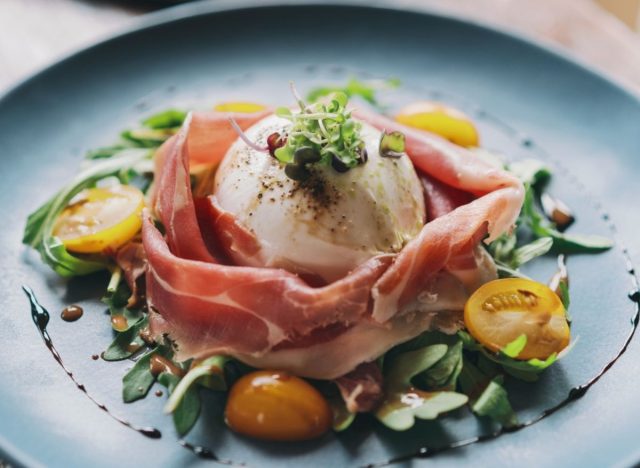
Look for simple preparations that highlight the ingredients, nothing more, says chef Christian Darcoli. “A red flag to look for is when restaurants add extra ingredients to a recipe,” says Darcoli. “ Italian dishes are meant to be simple. All ingredients should all be fresh and highlight the region that the chef obtained them from.”
They have a wine bottle on the table
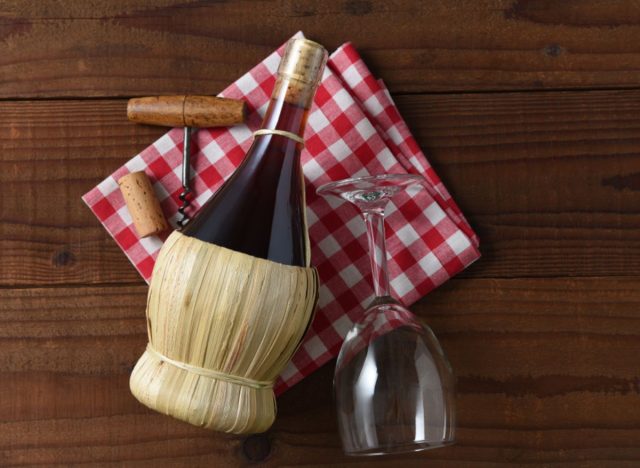
A bottle of old-school chianti used to be something you’d see on the table at many Italian restaurants in the US, but Brenner says this dated practice is a dealbreaker, saying, “If there is a bottle of chianti on the table…run!”
No imported ingredients
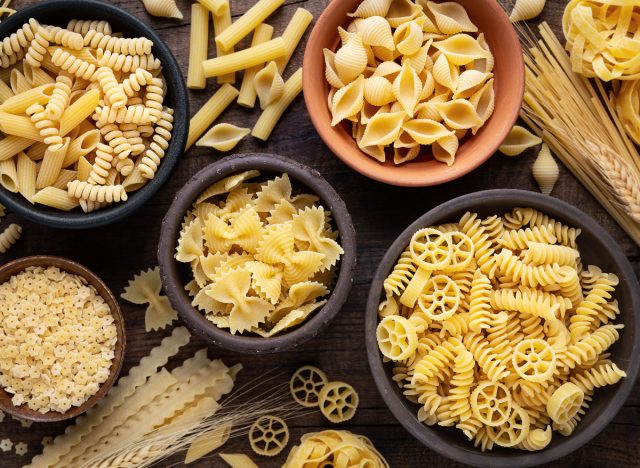
Darcoli also looks for Italian imported ingredients on the menu, saying, “To me, when I see EVOO from a specific region in Italy, or that a dish on the menu has specific ingredients imported from Italy, that is a clear sign that the restaurant is authentic.” However, he notes supply chain issues are impacting Italian imports to the US, saying, “Since COVID-19 started, it has been difficult for restaurant operators to import ingredients directly from Italy.”









